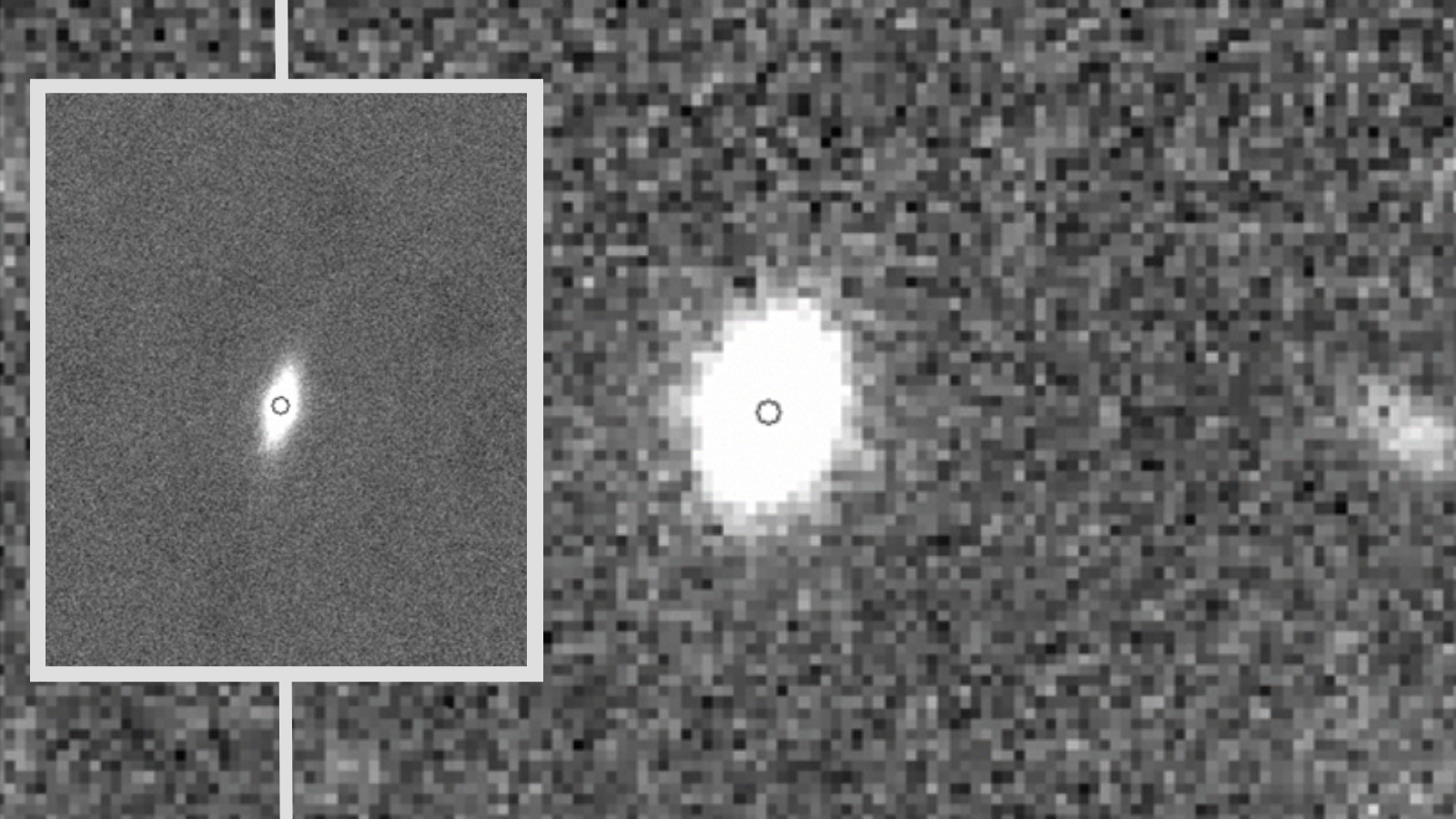
NASA won't be getting a big budget boost next year.
The White House allocated $25.4 billion to NASA in its federal budget request for fiscal year 2025, which was released today (March 11). That's a 2% increase over the $24.9 billion the agency is getting for fiscal 2024, an amount that was enacted by Congress just last Friday (March 8).
That enacted amount is a substantial cut from the $27.2 billion that the White House requested for the current fiscal year. So there's certainly no guarantee NASA will get the full $25.4 billion requested for fiscal 2025, which starts on Oct. 1 of this year.
Whatever NASA ends up receiving will be a tiny slice of the budgetary pie: The 2025 request sets federal spending at about $7.3 trillion.
Related: NASA chief Bill Nelson promises a 'fight' for agency's 2025 budget request
The proposed 2025 budget allocates $7.6 billion for NASA's Artemis program, which aims to establish a human presence on and around the moon by the end of the 2020s.
That funding level would keep the agency on track to launch astronauts around the moon in September 2025 on the Artemis 2 mission, then put boots down near the lunar south pole with Artemis 3 a year later, NASA officials said.
Breaking space news, the latest updates on rocket launches, skywatching events and more!
The budget request supports crewed spaceflight efforts closer to home as well. For example, it provides $109 million for the development, in partnership with private industry, of a vehicle that will help safely deorbit the International Space Station (ISS) in 2030 or so. The request also continues to fund the development of one or more private successors to the ISS in low Earth orbit (LEO).
"Specifically, this request includes $170 million for three commercial LEO partnerships in Phase 1 that are all working through early design maturation," NASA Chief Financial Officer Margaret Vo Schaus said during a budget call with reporters today.
The budget, if enacted, would also provide $2.73 billion for robotic planetary exploration, allowing NASA to continue developing new missions such as Dragonfly, a rotorcraft designed to explore Saturn's huge, potentially life-hosting moon Titan.
Some of the $2.73 billion will go toward Mars sample return (MSR), an ambitious project that NASA is working on with the European Space Agency. MSR aims to bring samples collected by NASA's Perseverance rover to Earth sometime in the 2030s.
MSR — a high priority for NASA and the space exploration community in general — has suffered cost overruns, scheduling problems and other issues, as a recent audit by the NASA Office of Inspector General noted. The agency is therefore waiting for more information before setting the MSR budget for both 2024 and 2025. That information will come from an independent review committee, which is expected to issue a report at the end of March. NASA should therefore have clarity about the planned MSR budget soon, Nelson and other agency officials said.
"We're looking forward to getting the results from the independent review team, and then we'll have to make some pretty tough choices," Nicola Fox, associate administrator for NASA's Science Mission Directorate, said during today's budget telecon.
"Obviously, we have to maintain a balanced portfolio overall," she added. "So, you know, that's going to be a tough choice for us. But stay tuned, and we'll get you the answer in April."
Join our Space Forums to keep talking space on the latest missions, night sky and more! And if you have a news tip, correction or comment, let us know at: community@space.com.

Michael Wall is a Senior Space Writer with Space.com and joined the team in 2010. He primarily covers exoplanets, spaceflight and military space, but has been known to dabble in the space art beat. His book about the search for alien life, "Out There," was published on Nov. 13, 2018. Before becoming a science writer, Michael worked as a herpetologist and wildlife biologist. He has a Ph.D. in evolutionary biology from the University of Sydney, Australia, a bachelor's degree from the University of Arizona, and a graduate certificate in science writing from the University of California, Santa Cruz. To find out what his latest project is, you can follow Michael on Twitter.
